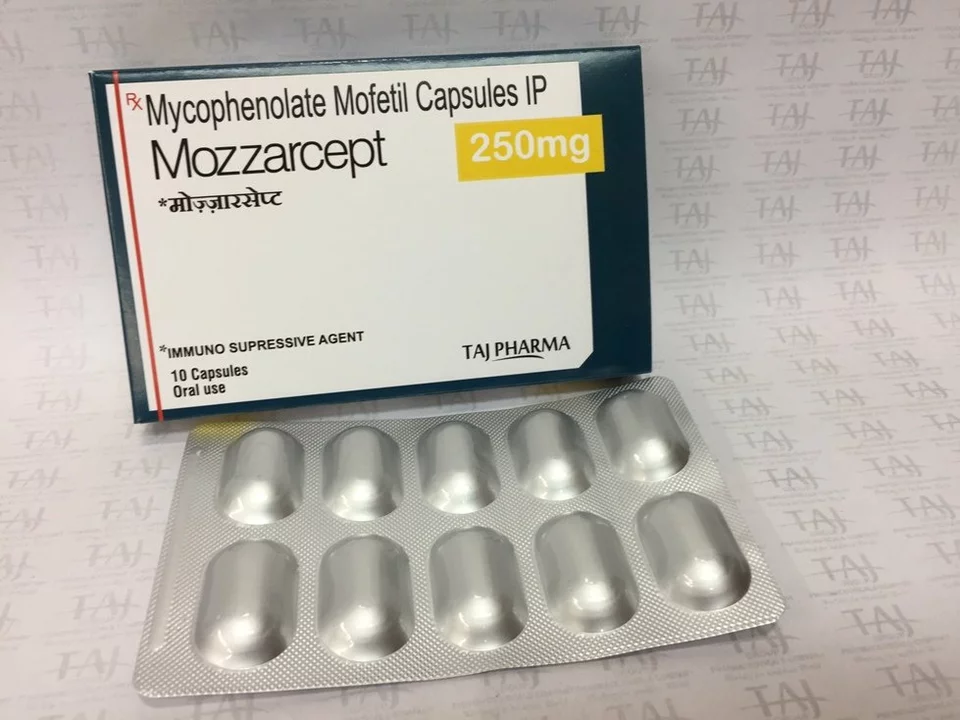Fertility: Real Tips, Clear Tests, and Smart Next Steps
Trying to get pregnant can feel confusing and emotional. You want clear steps that actually help. This page gives practical, no-nonsense advice on timing, simple lifestyle changes, common tests, and when to see a doctor.
Quick lifestyle changes that help
Small habits make a big difference. Quit smoking and cut back on heavy drinking—both reduce fertility in men and women. Aim for a healthy weight: very low or high BMI can disrupt ovulation. Move regularly—about 150 minutes of moderate activity a week—but avoid extreme training if you’re trying to conceive. Eat balanced meals with whole foods: plenty of vegetables, lean protein, healthy fats, and whole grains.
Consider supplements: take folic acid 400–800 mcg daily before pregnancy to reduce neural tube risks. Check vitamin D levels with your doctor and supplement if low. Men may benefit from zinc and a balanced multivitamin, but avoid high-dose isolated supplements without medical advice.
Timing and basics everyone should know
Ovulation matters. An egg is viable about 12–24 hours after release, but sperm can survive up to five days in fertile cervical mucus. That means the best window is the five days before ovulation plus the day of ovulation. Use an ovulation predictor kit (OPK), track basal body temperature, or watch cervical mucus for signs of fertility. Try every 1–2 days across the fertile window rather than only once.
Age affects fertility. Female fertility declines more noticeably after age 35. If you’re under 35, try for 12 months before seeing a specialist. If you’re 35 or older, or if you have known health issues (PCOS, endometriosis), see a doctor after 6 months.
Tests and next steps
If pregnancy doesn’t happen in the expected timeframe, start with basic tests. For women: a day-3 FSH and estradiol, AMH to estimate ovarian reserve, TSH and prolactin, and a pelvic ultrasound can help. For men: a semen analysis is the first step. About 40–50% of fertility issues involve male factors, so testing him early speeds things up.
Depending on results, common next steps include ovulation-inducing medication (letrozole or clomiphene), intrauterine insemination (IUI), or IVF. Your doctor will pick tests and treatments based on your history, age, and test results.
Feeling overwhelmed is normal. Start with simple changes: track cycles, optimize lifestyle, and get the basic tests. If you want tailored guidance, book an appointment with a fertility clinic or your primary care provider. The sooner you get clear answers, the sooner you can make confident choices.

The Impact of Mycophenolate Mofetil on Fertility
As a blogger, I recently delved into the topic of Mycophenolate Mofetil and its impact on fertility. Mycophenolate Mofetil, commonly used as an immunosuppressant in organ transplant patients, has been linked to decreased fertility in both men and women. In men, it can lead to reduced sperm quality and count, while in women it may cause irregular menstrual cycles and increased risk of miscarriages. It is crucial for patients taking this medication to discuss its potential side effects with their healthcare providers, especially if they are considering starting a family. Ultimately, it's essential to weigh the benefits of this medication against the potential impact on one's fertility and make informed decisions accordingly.
